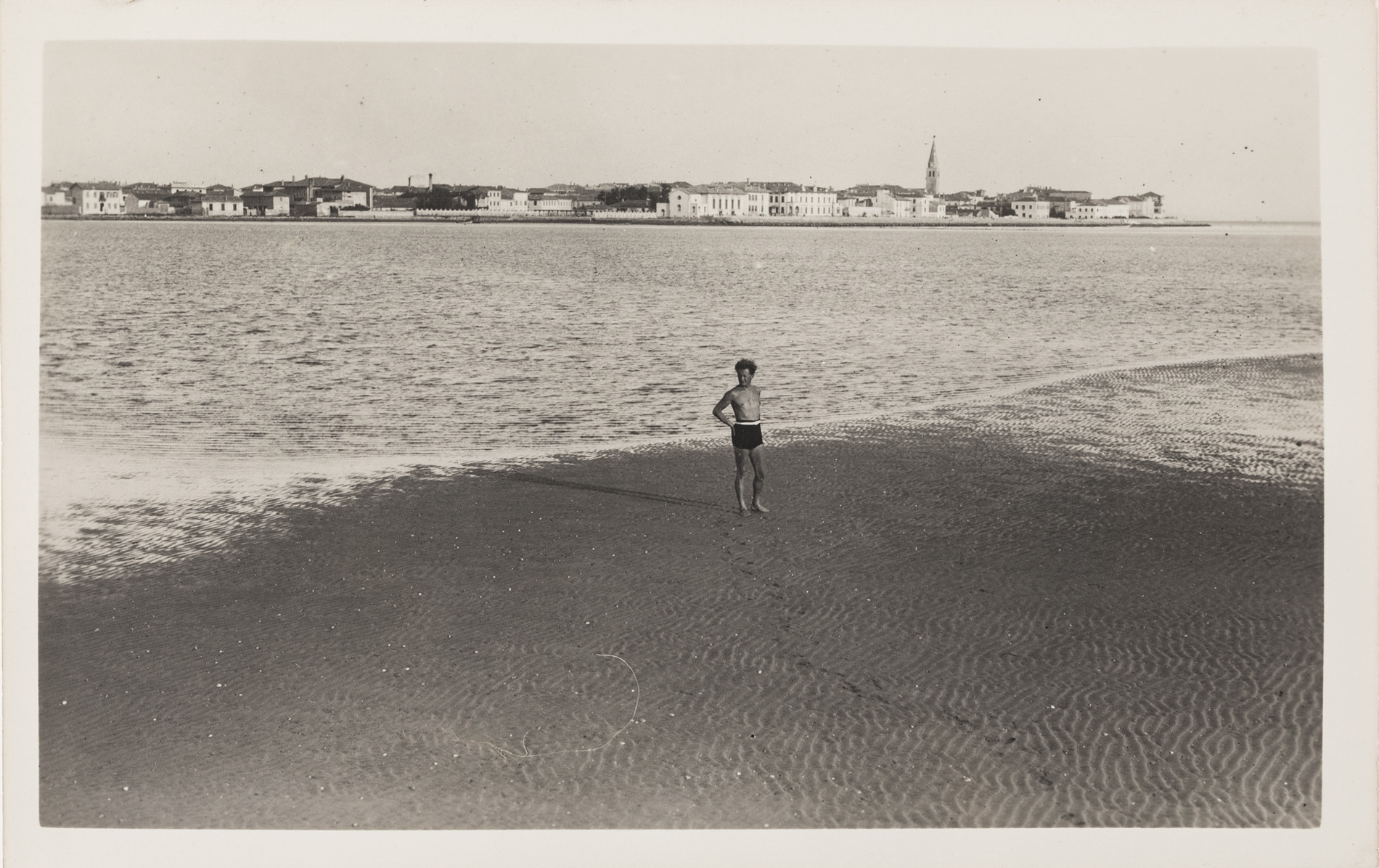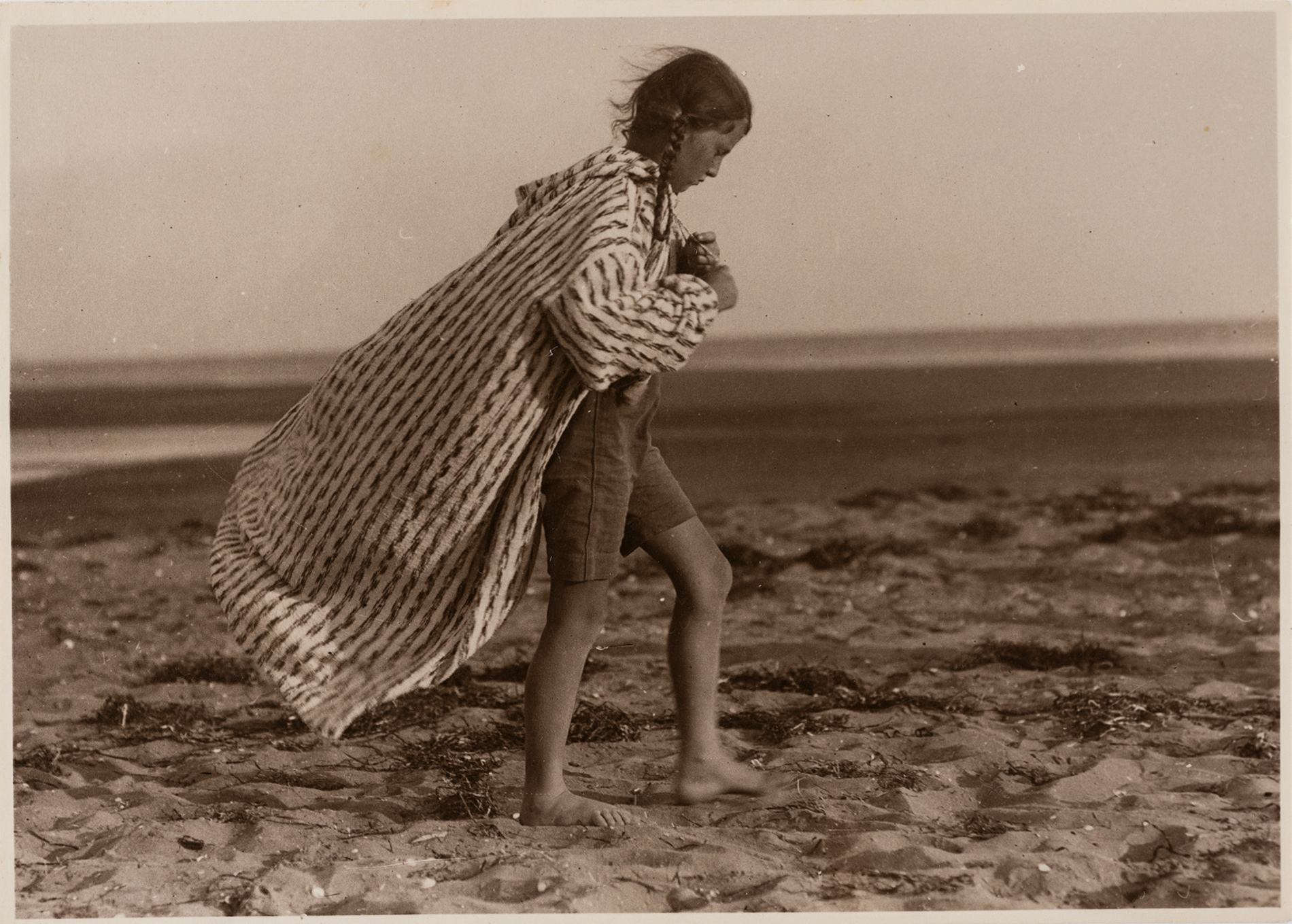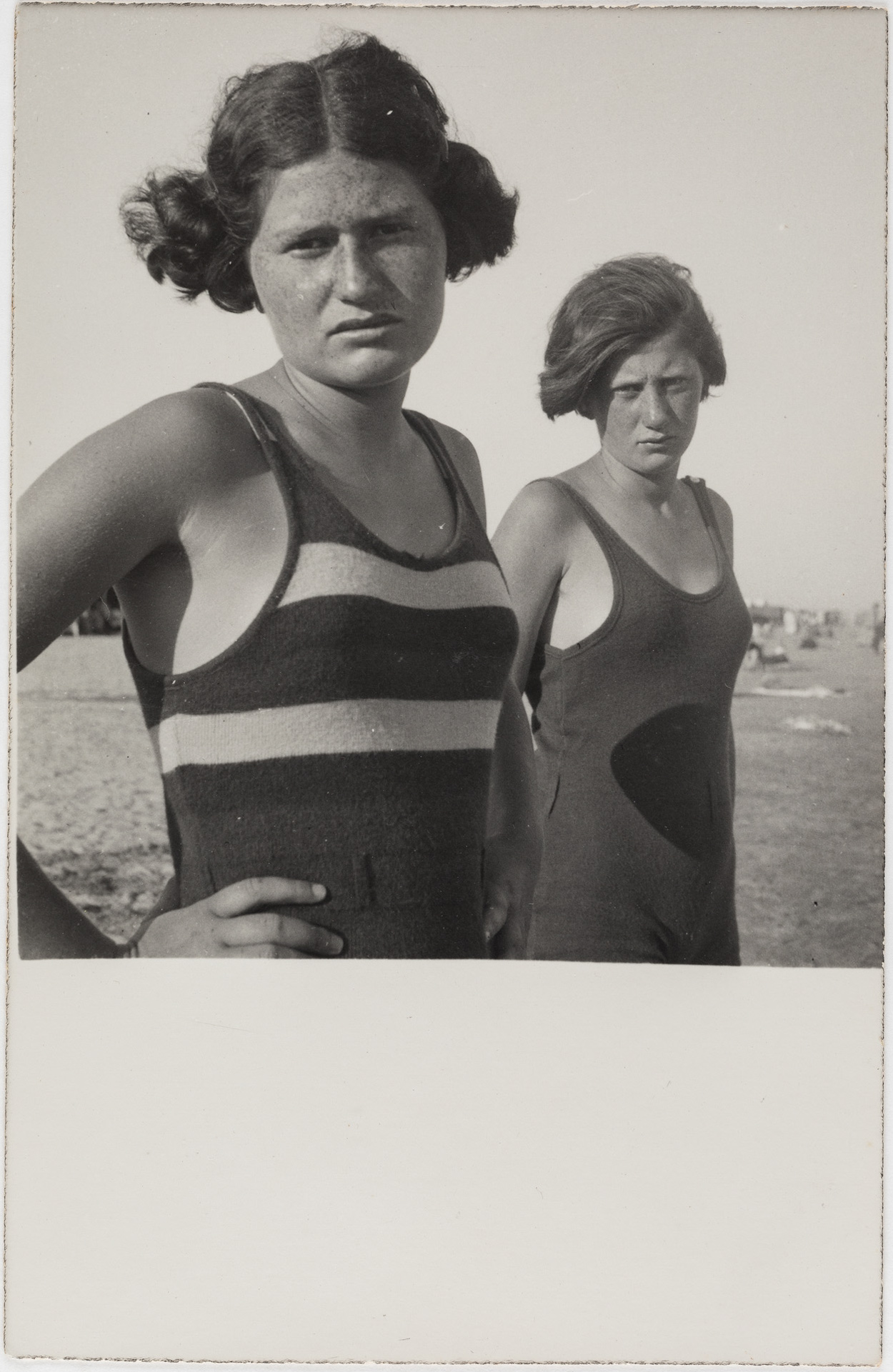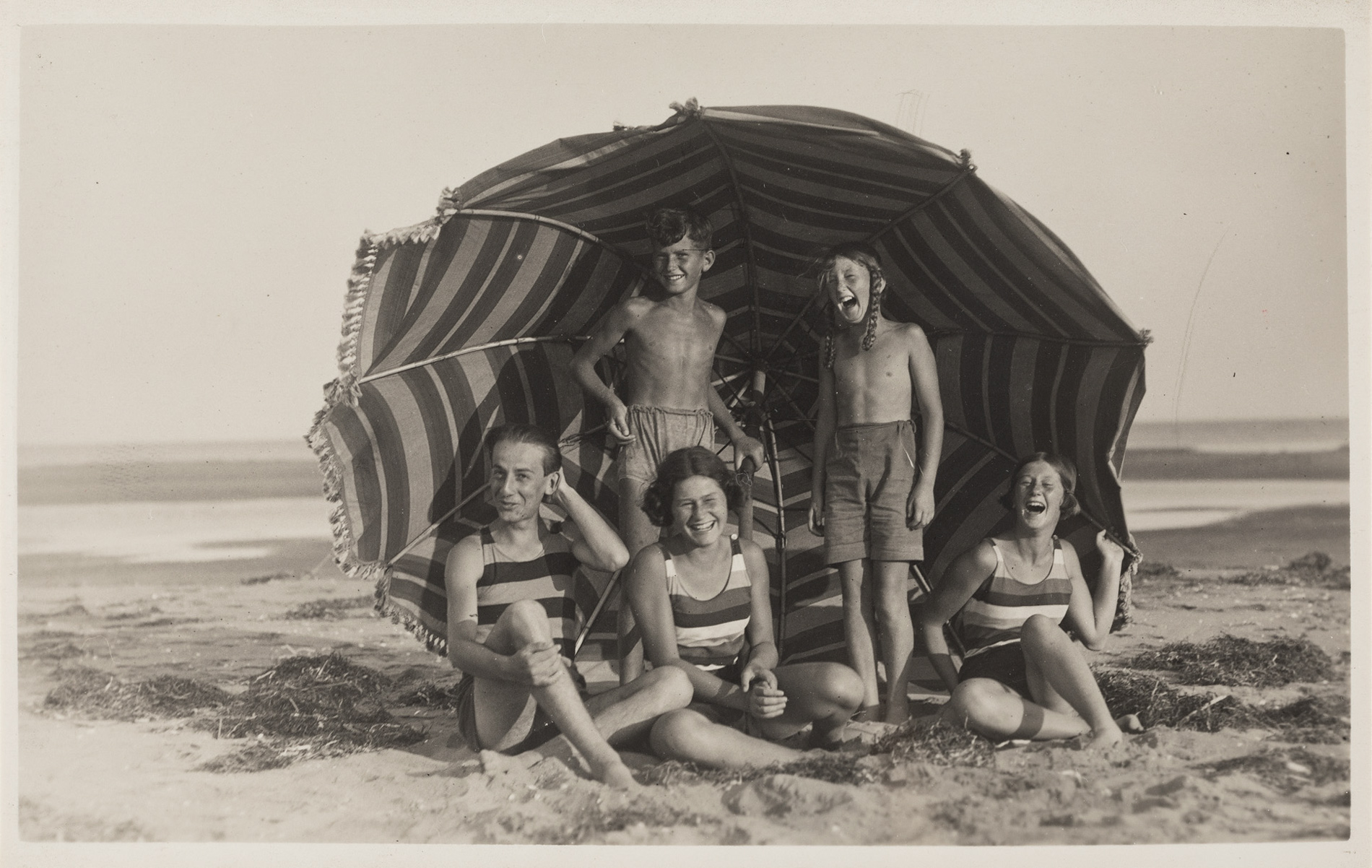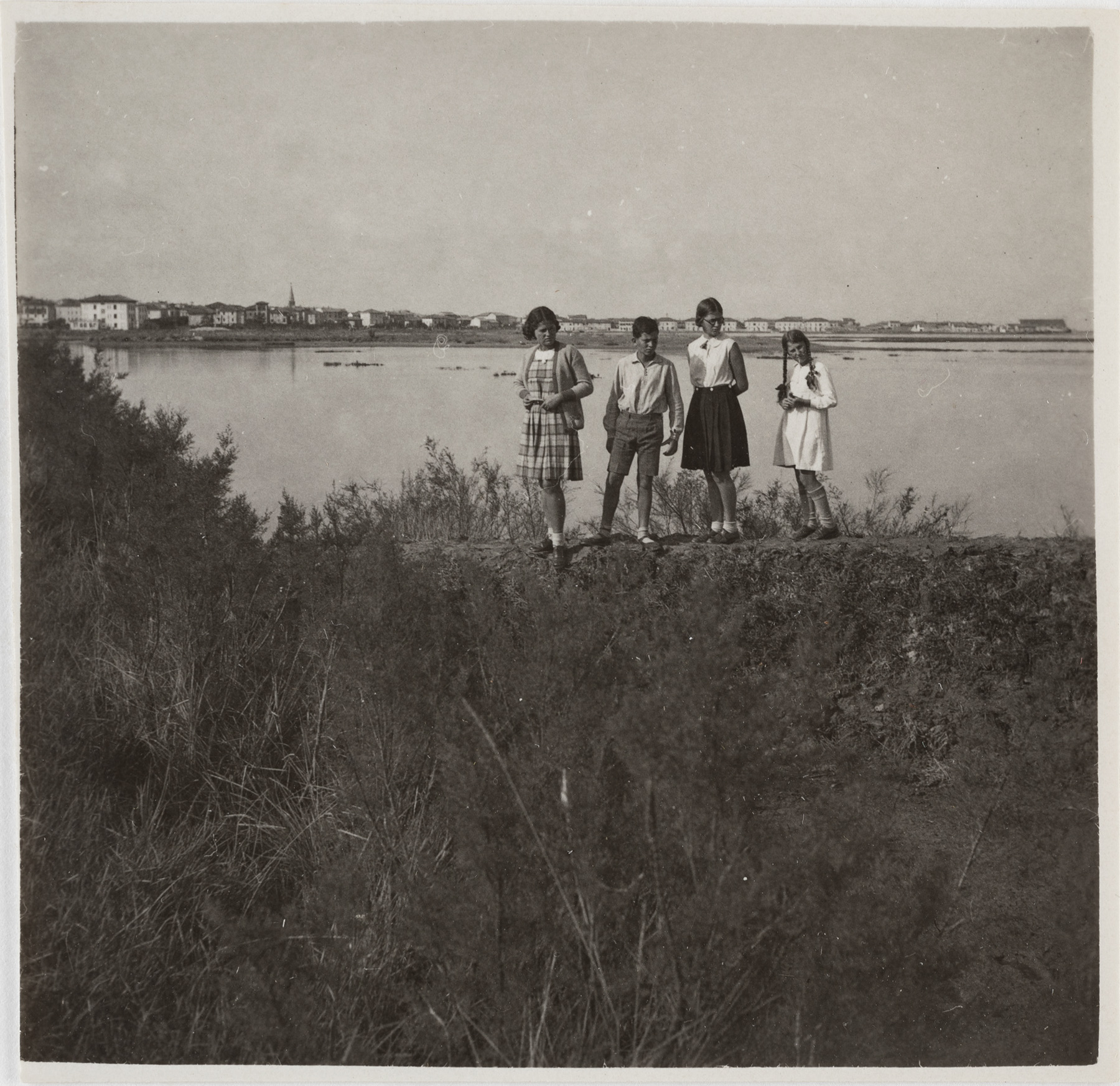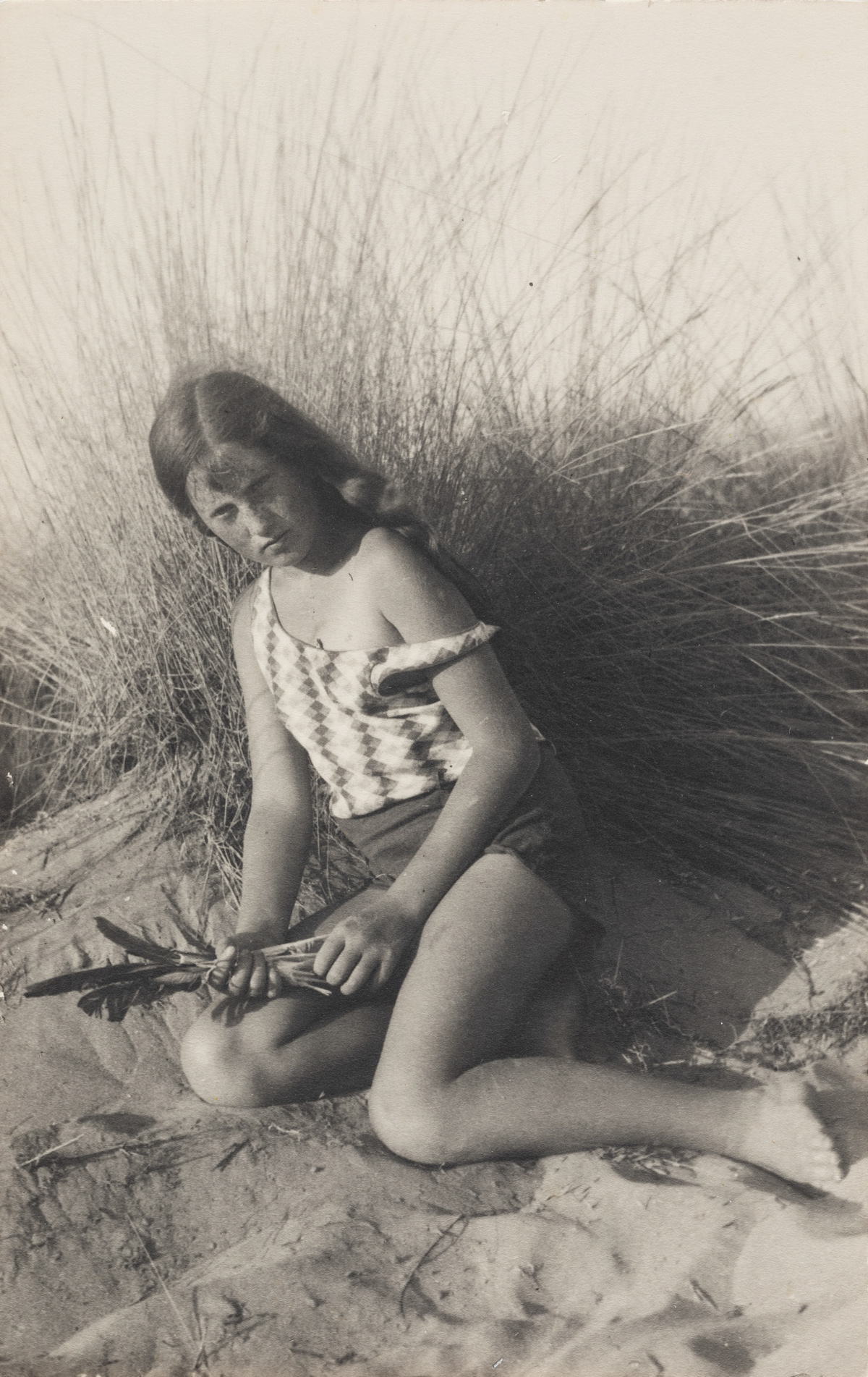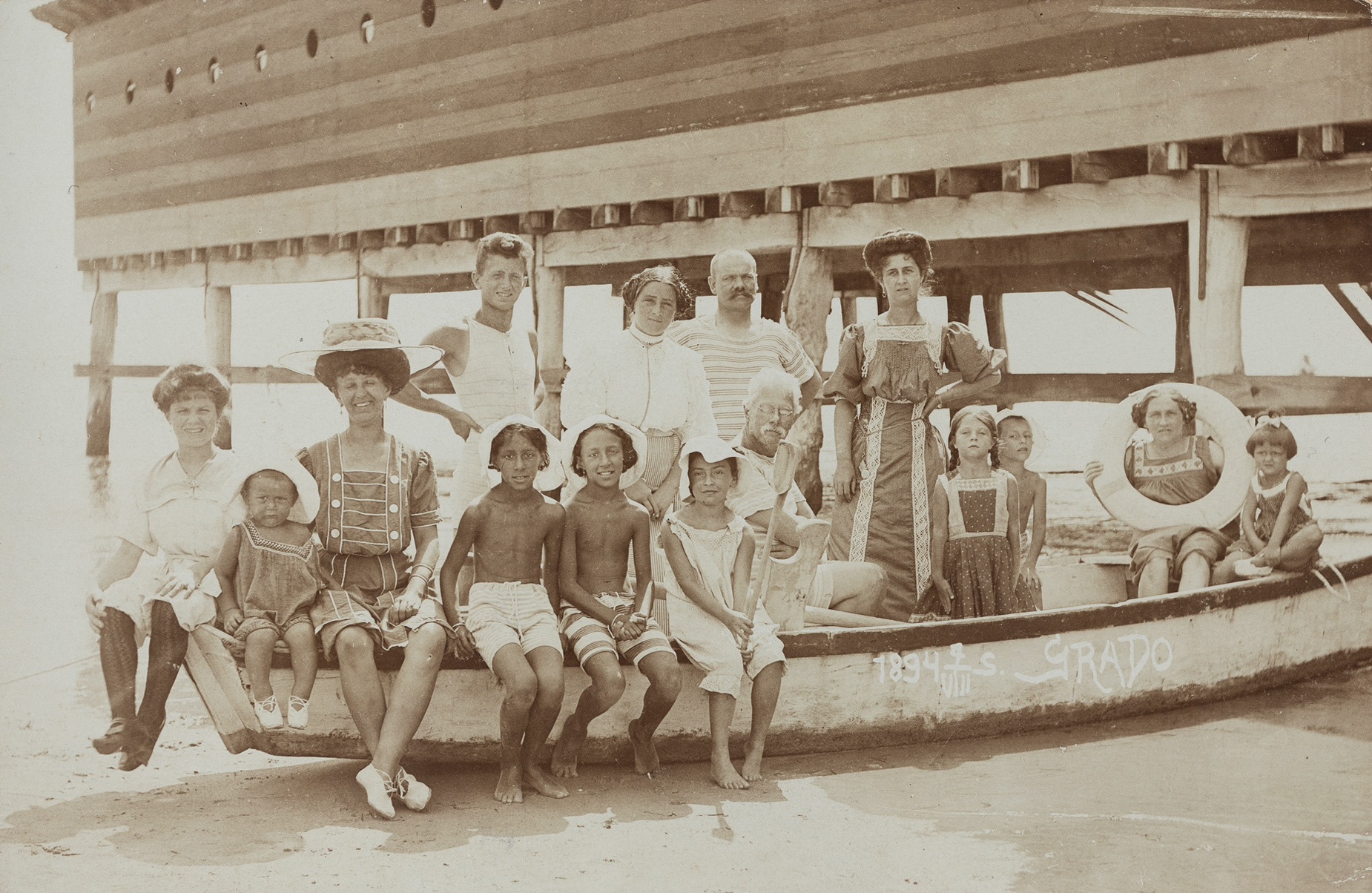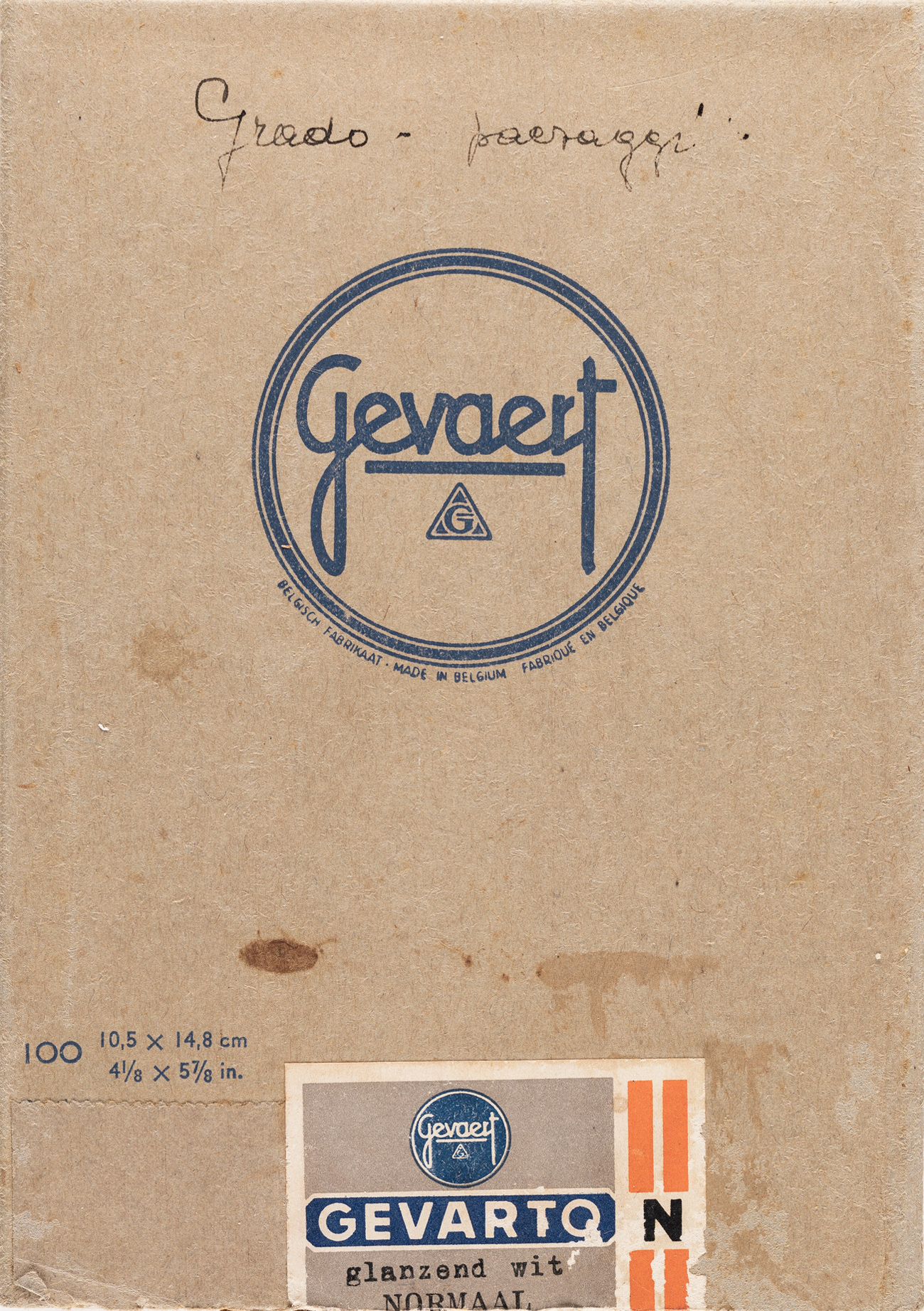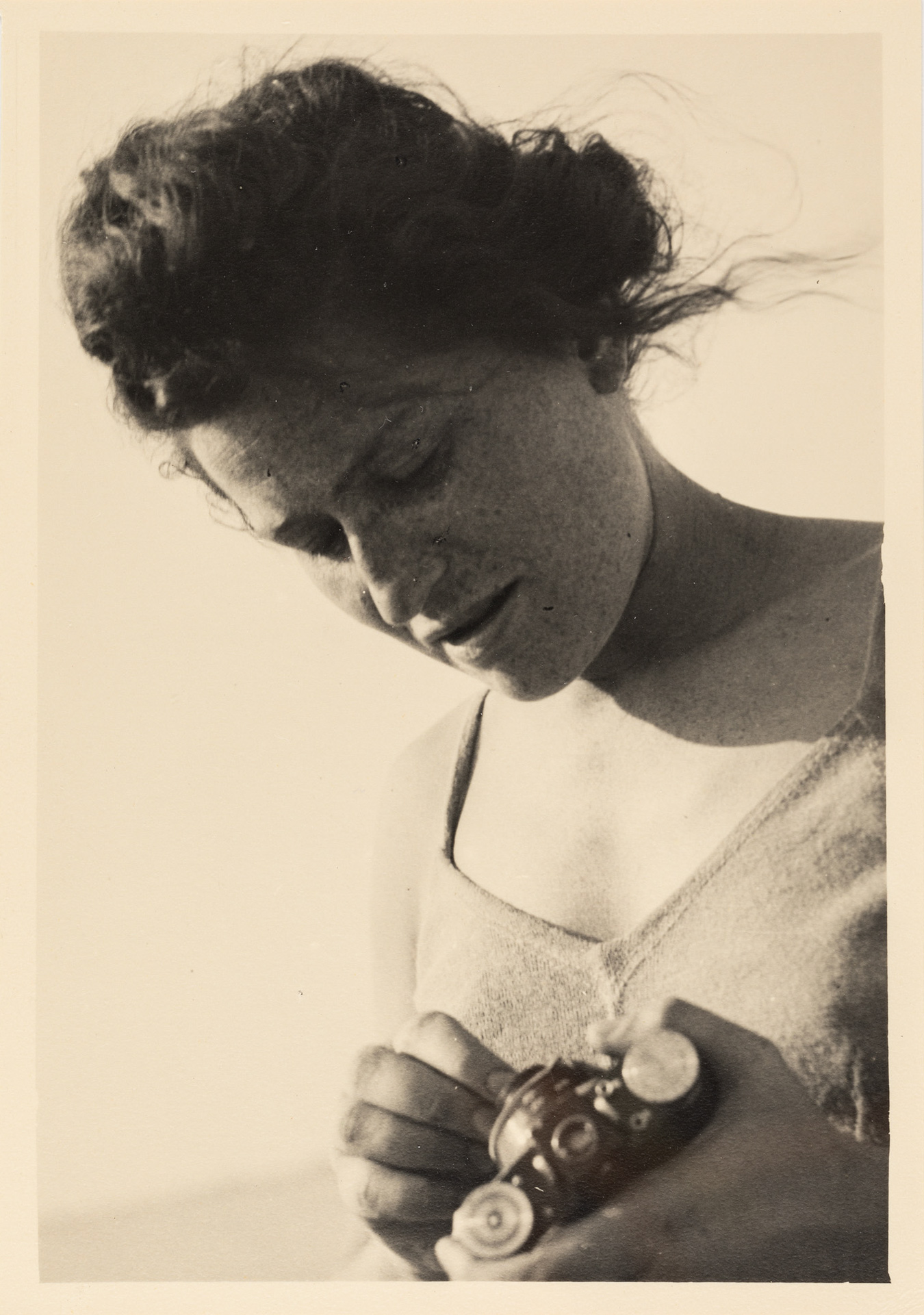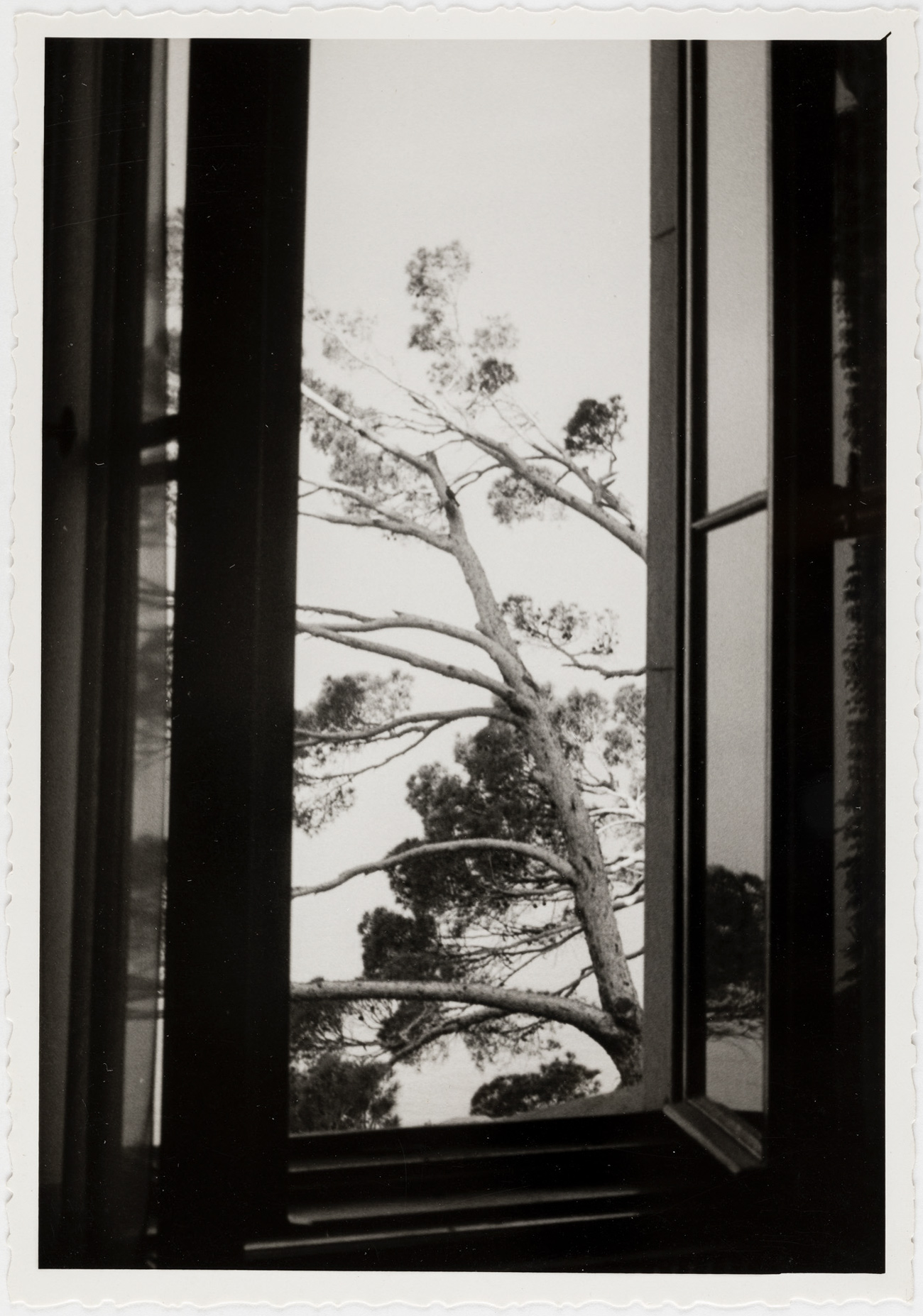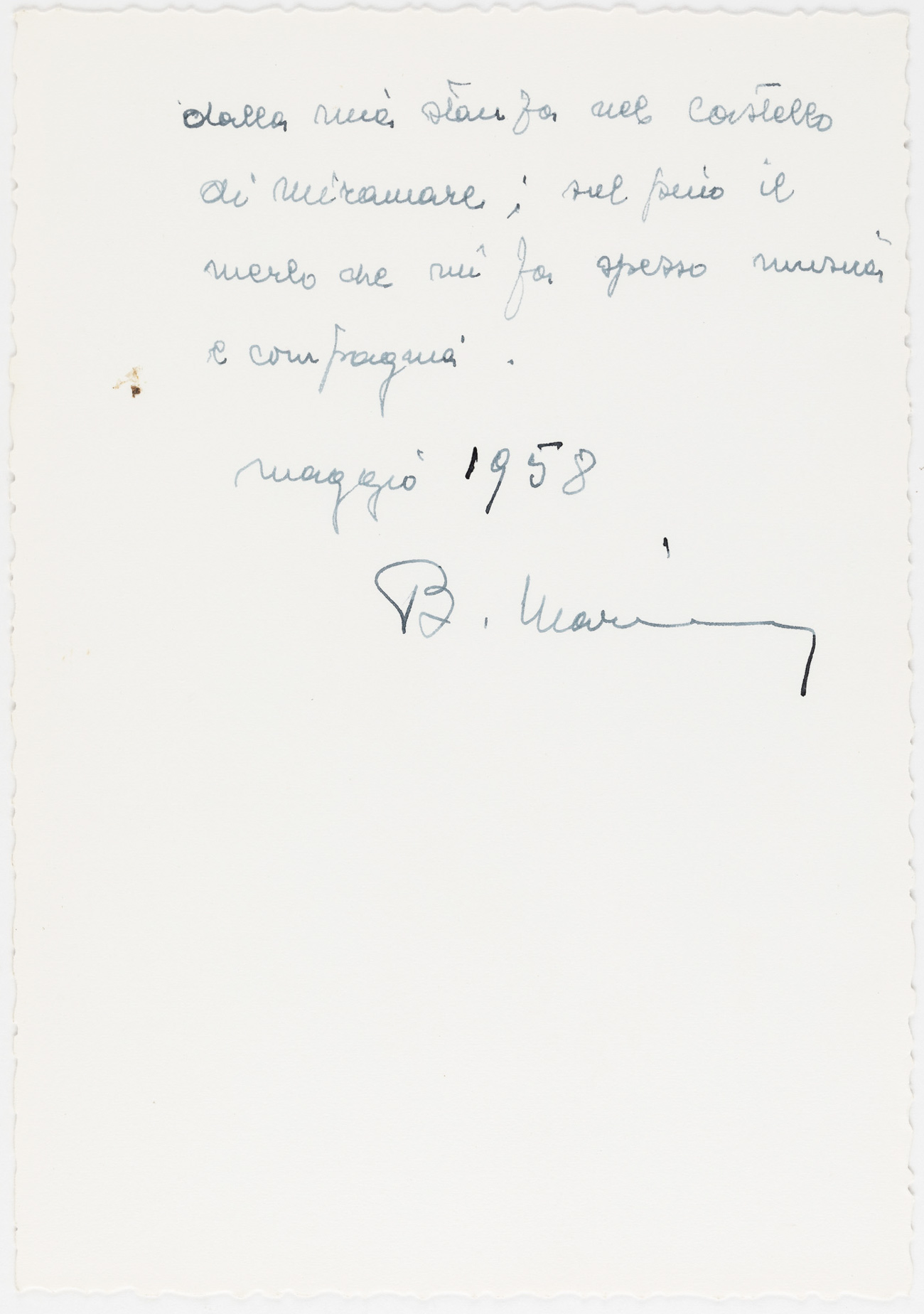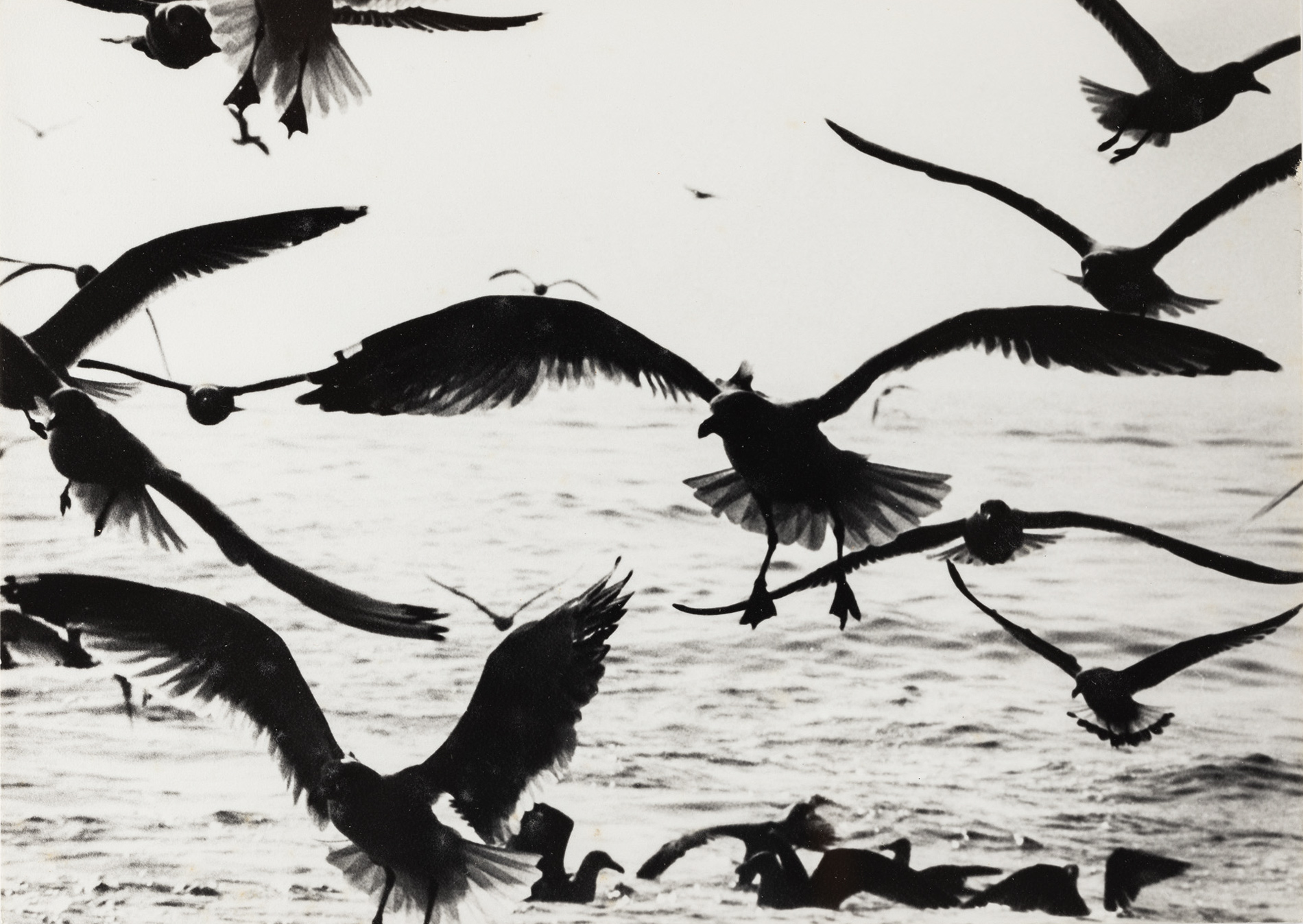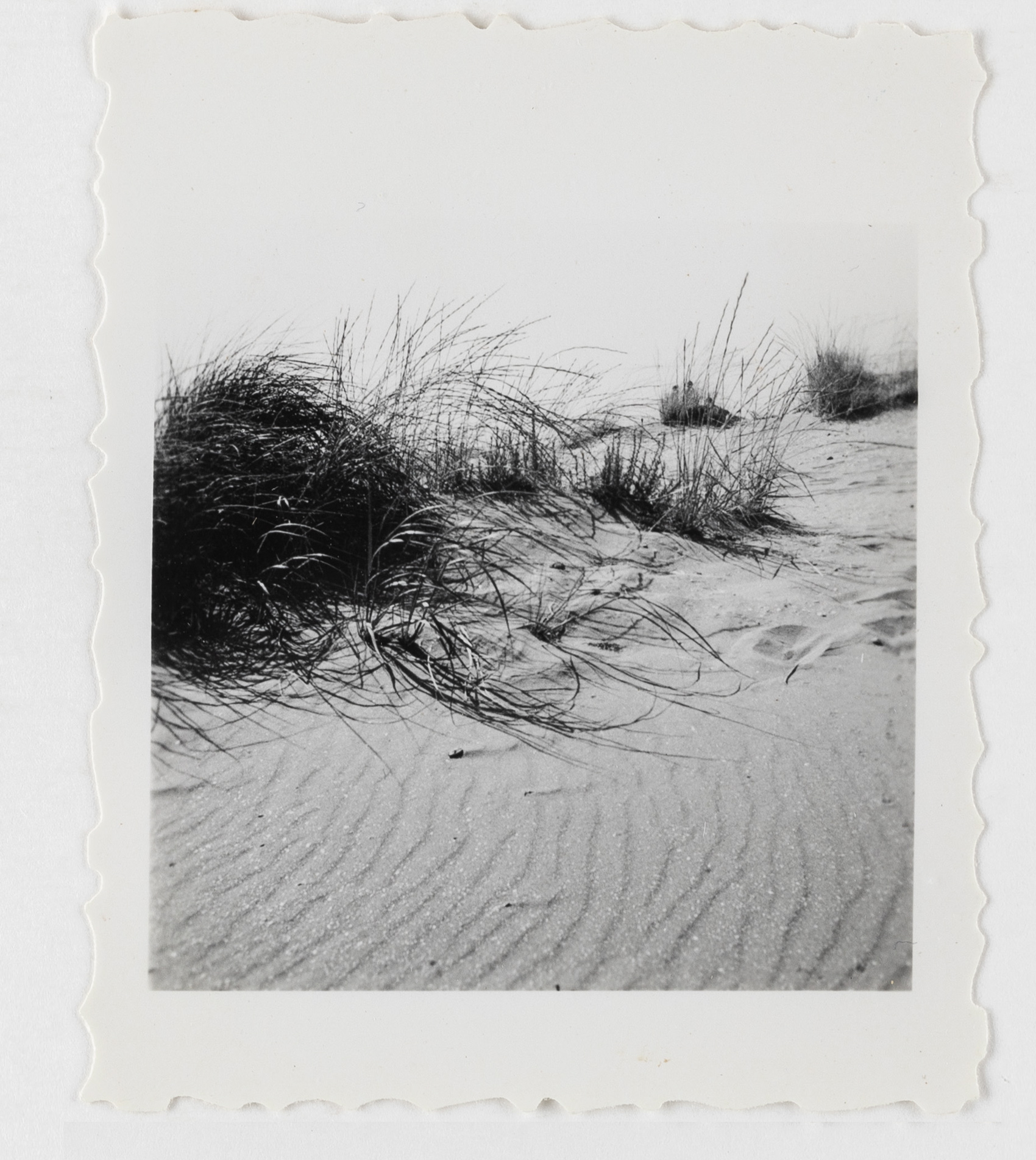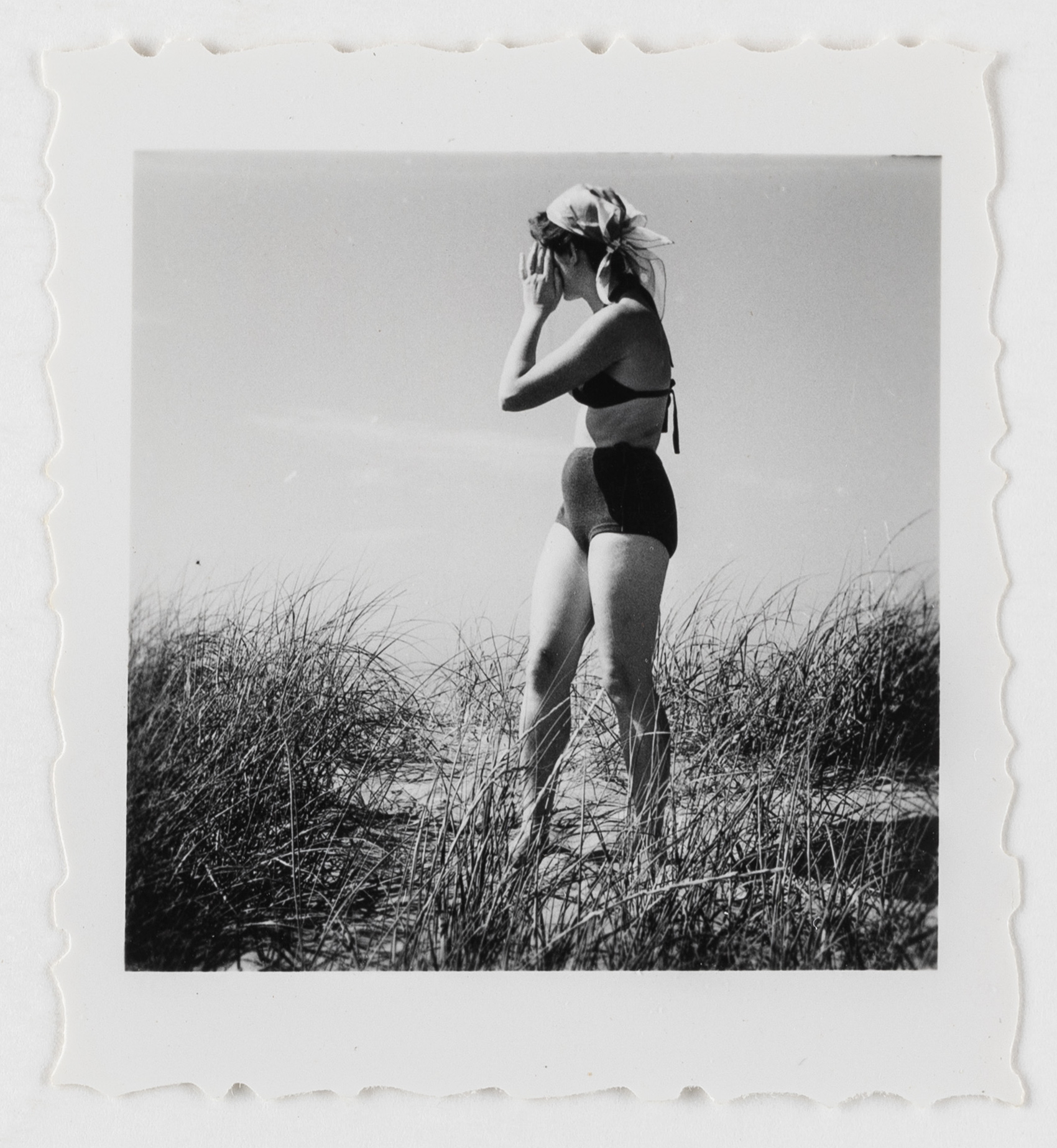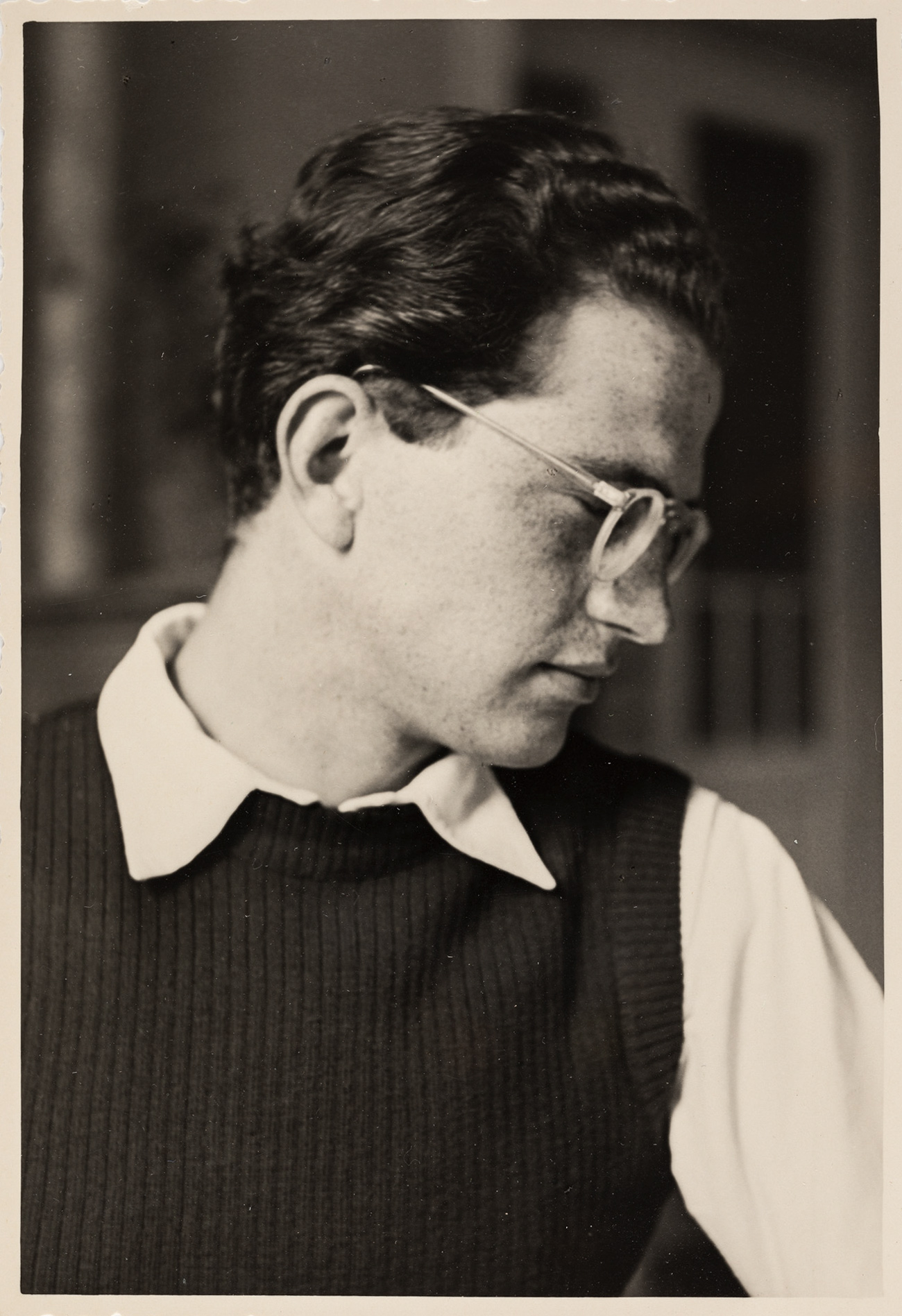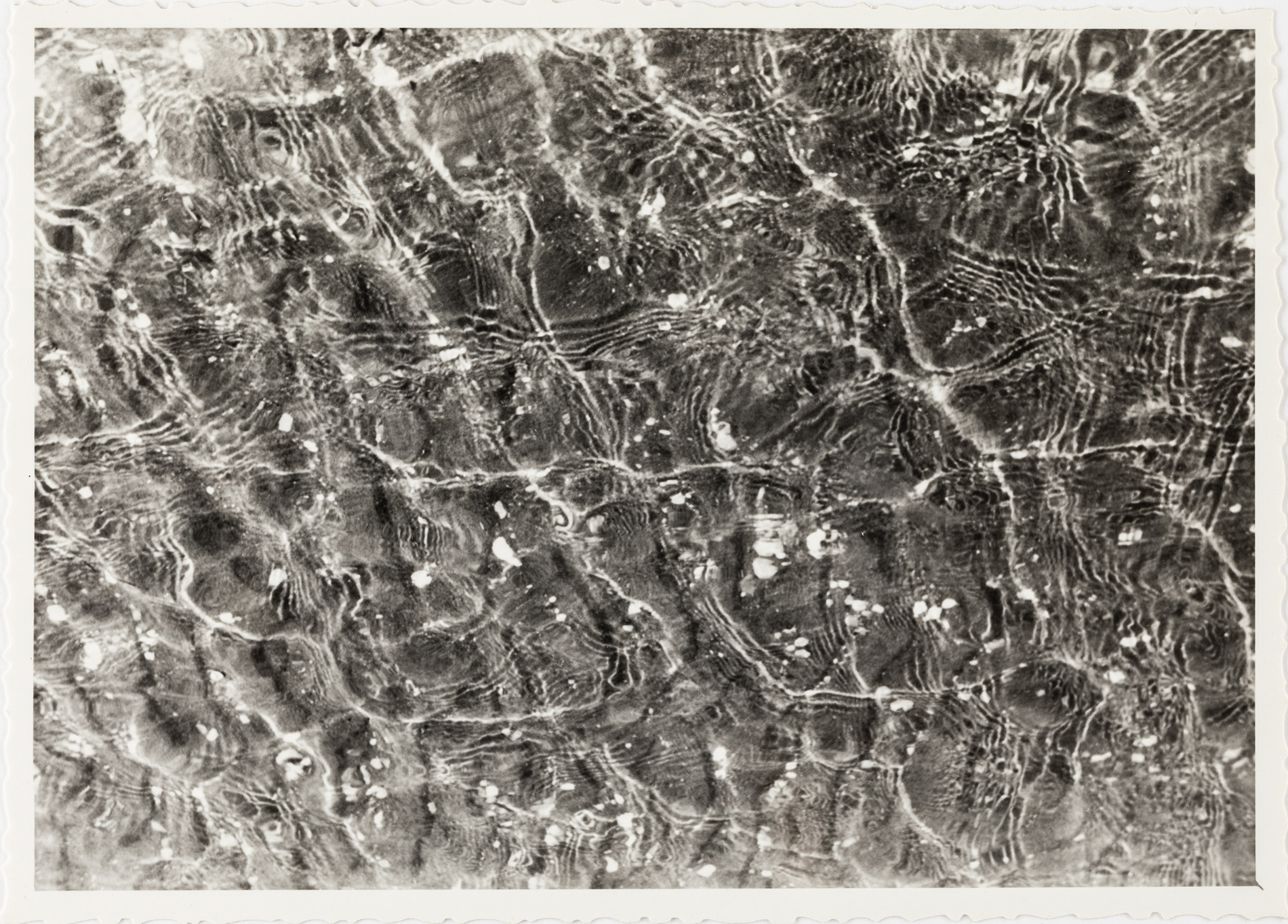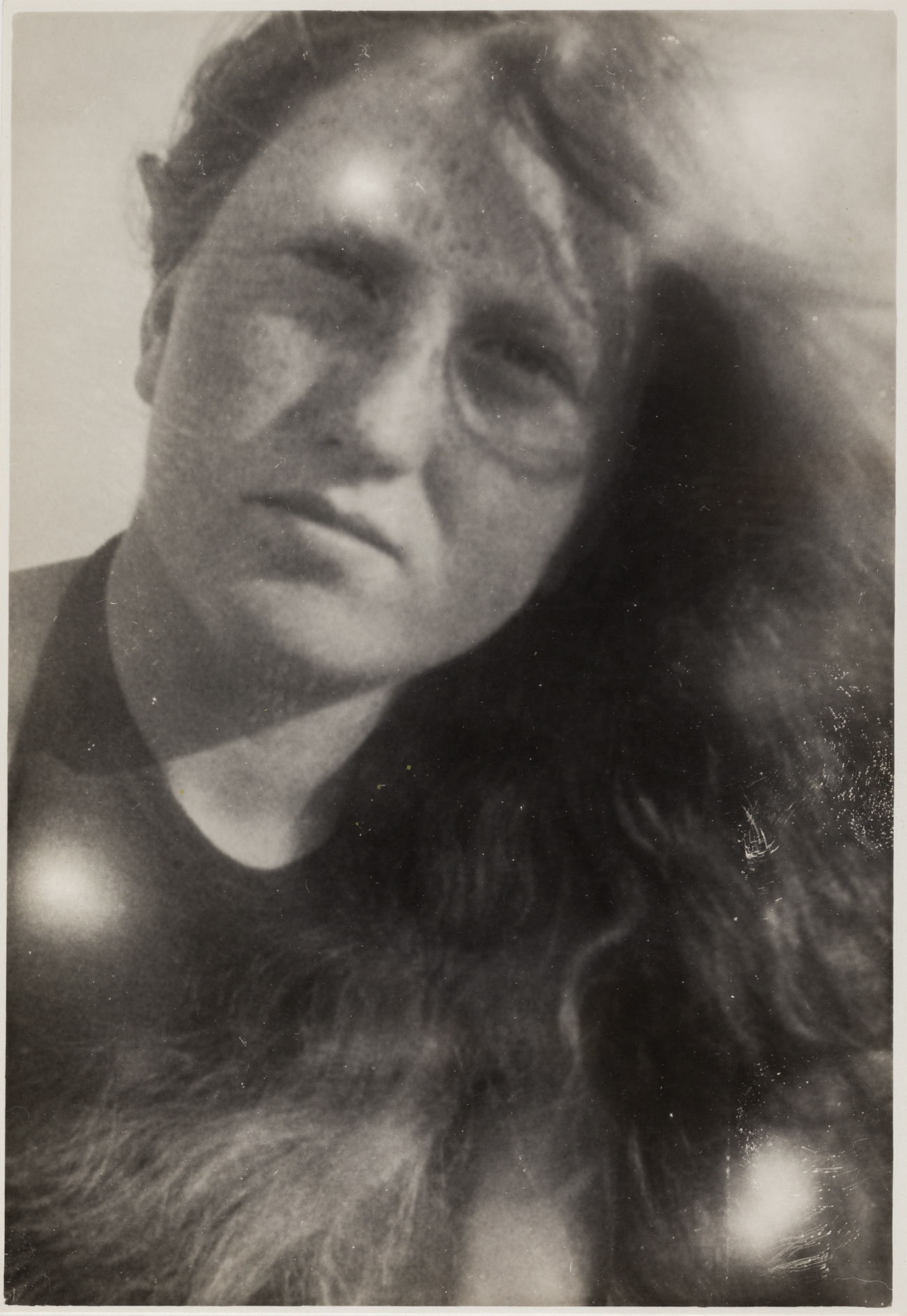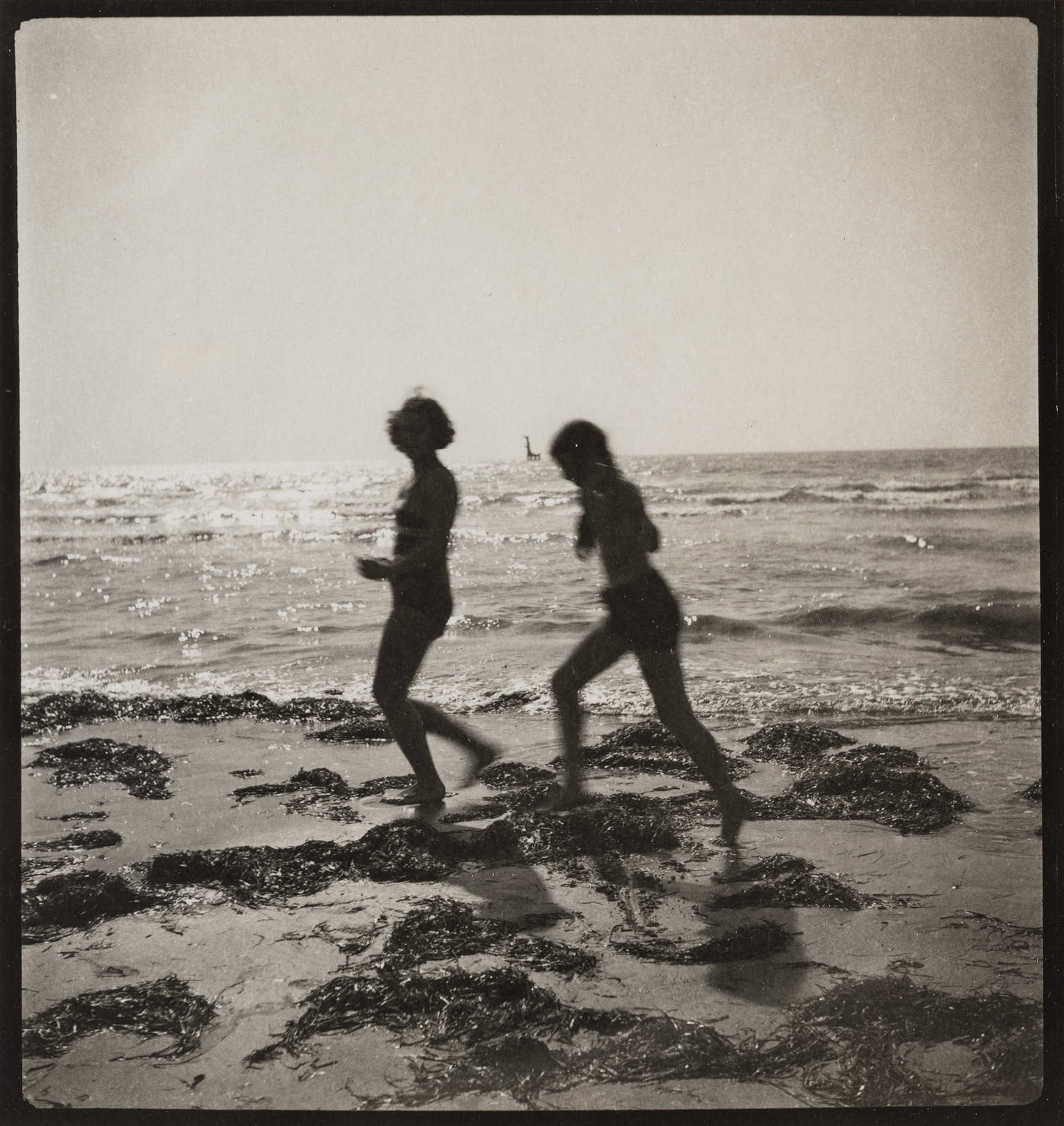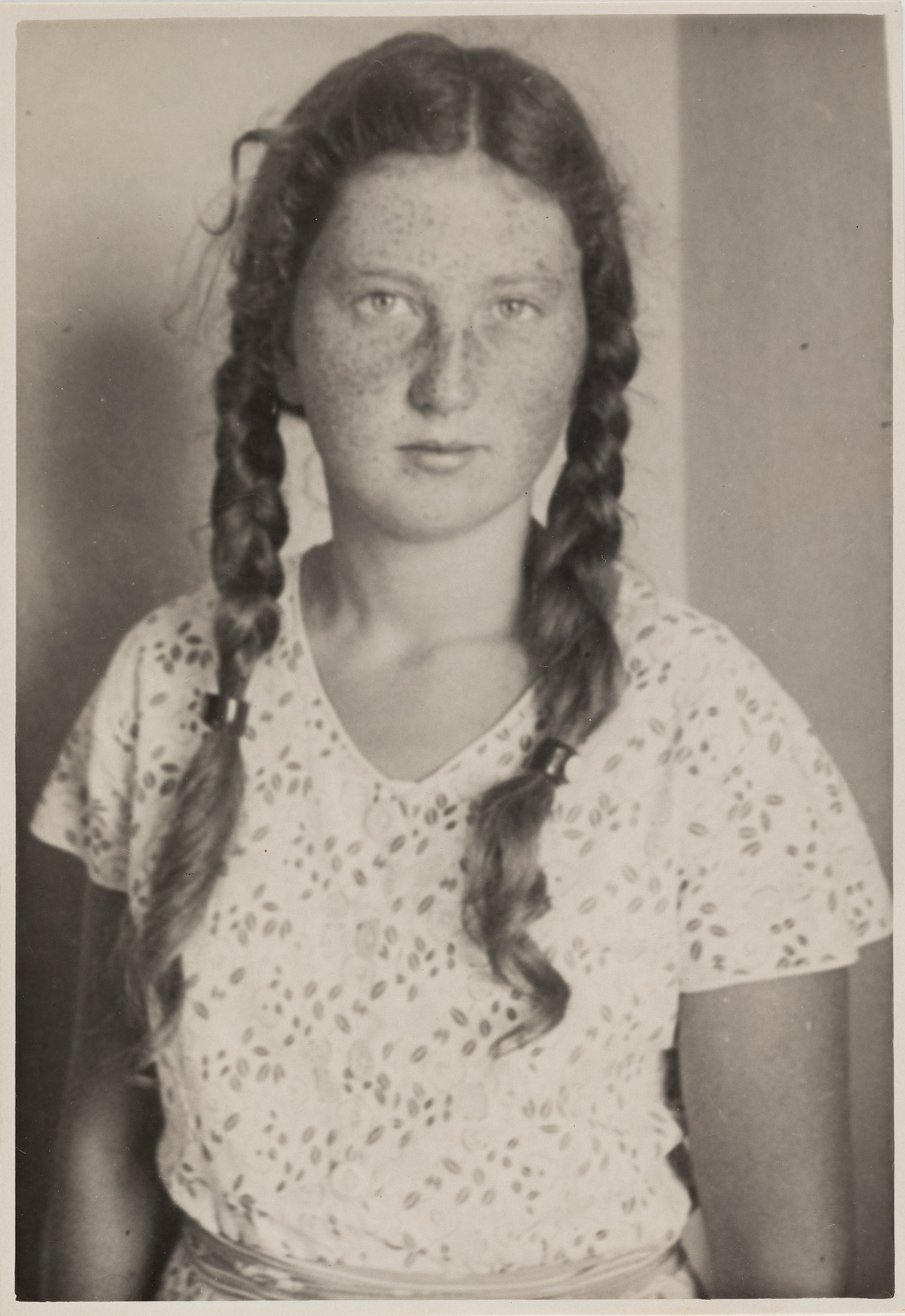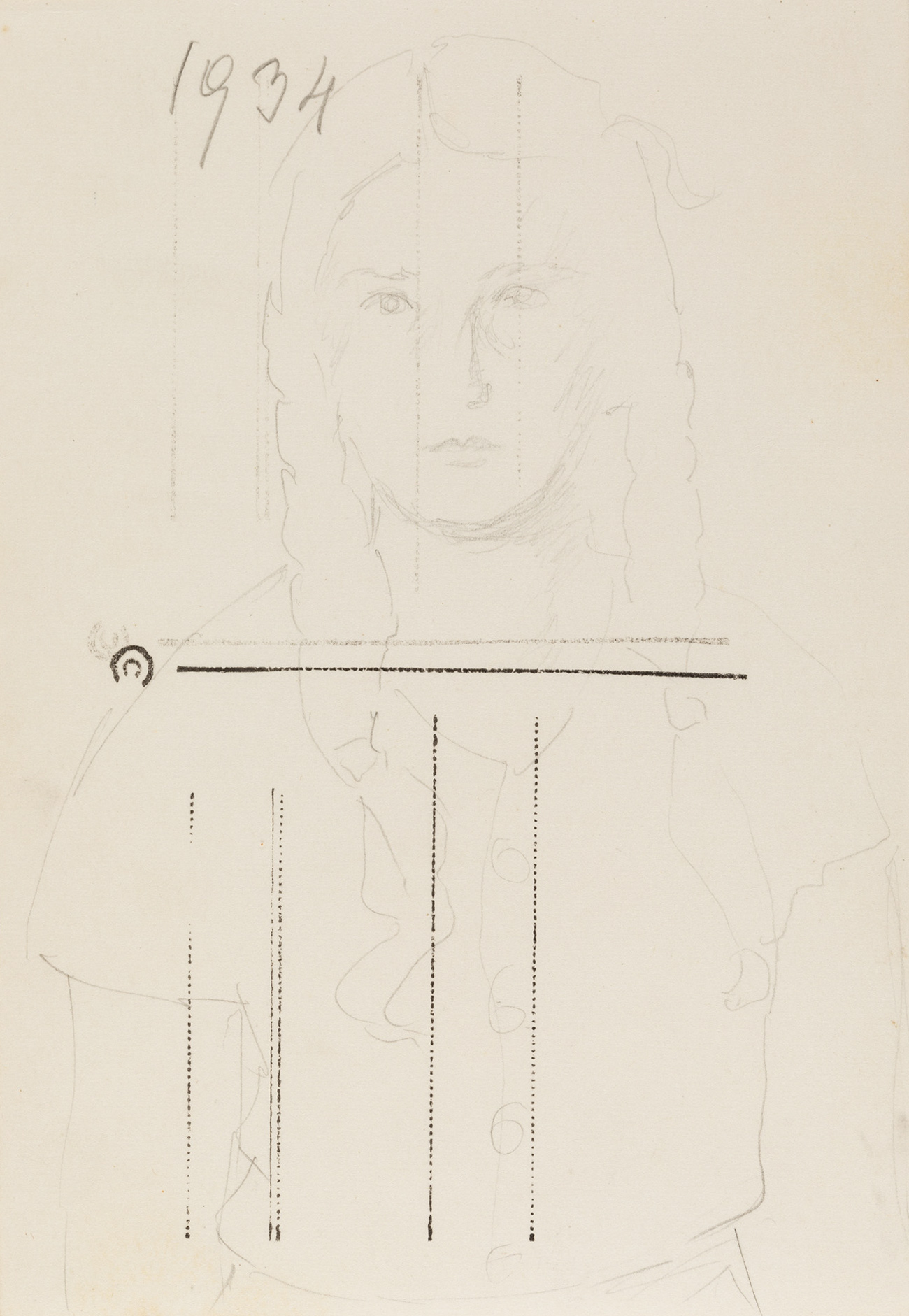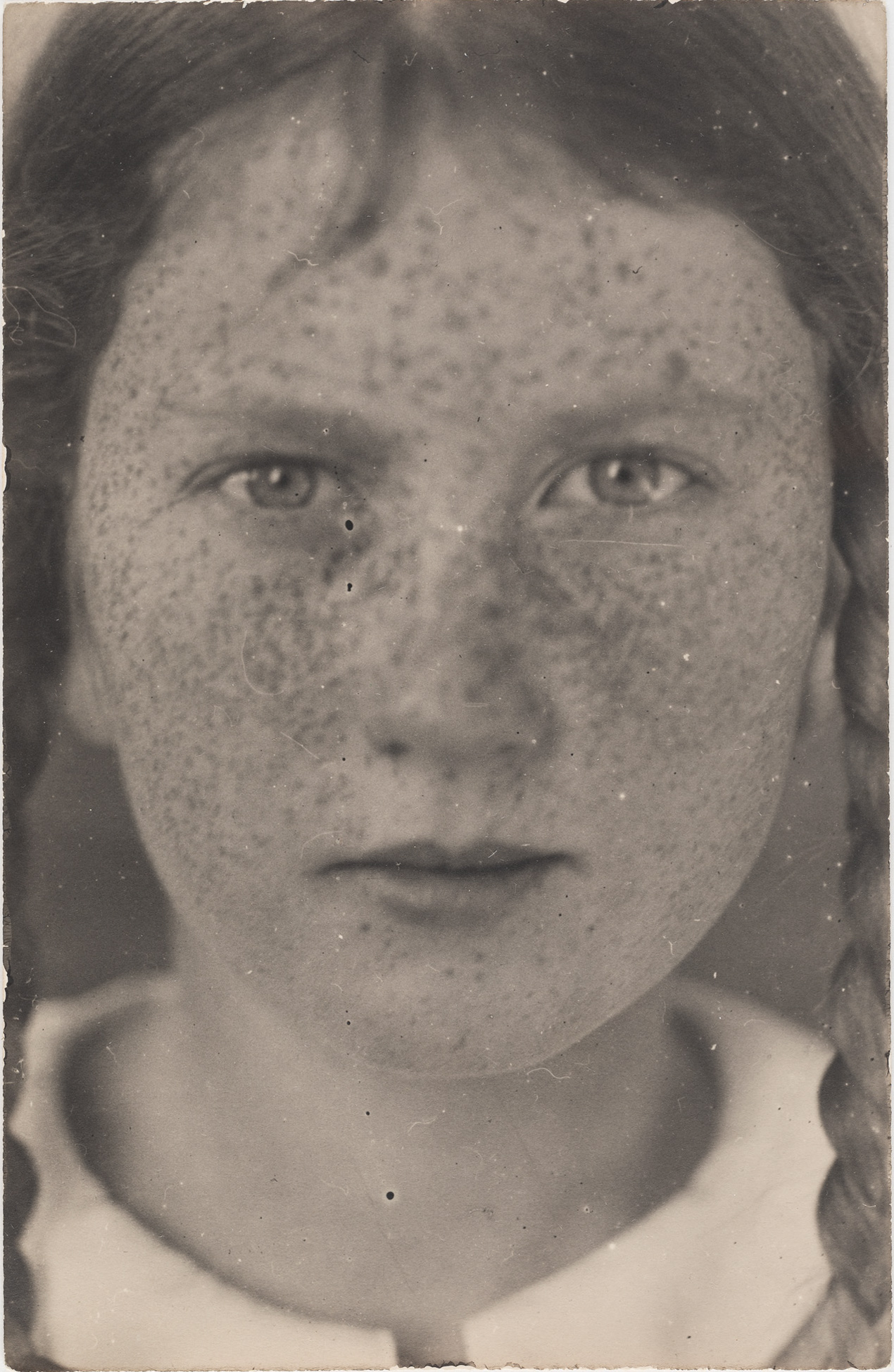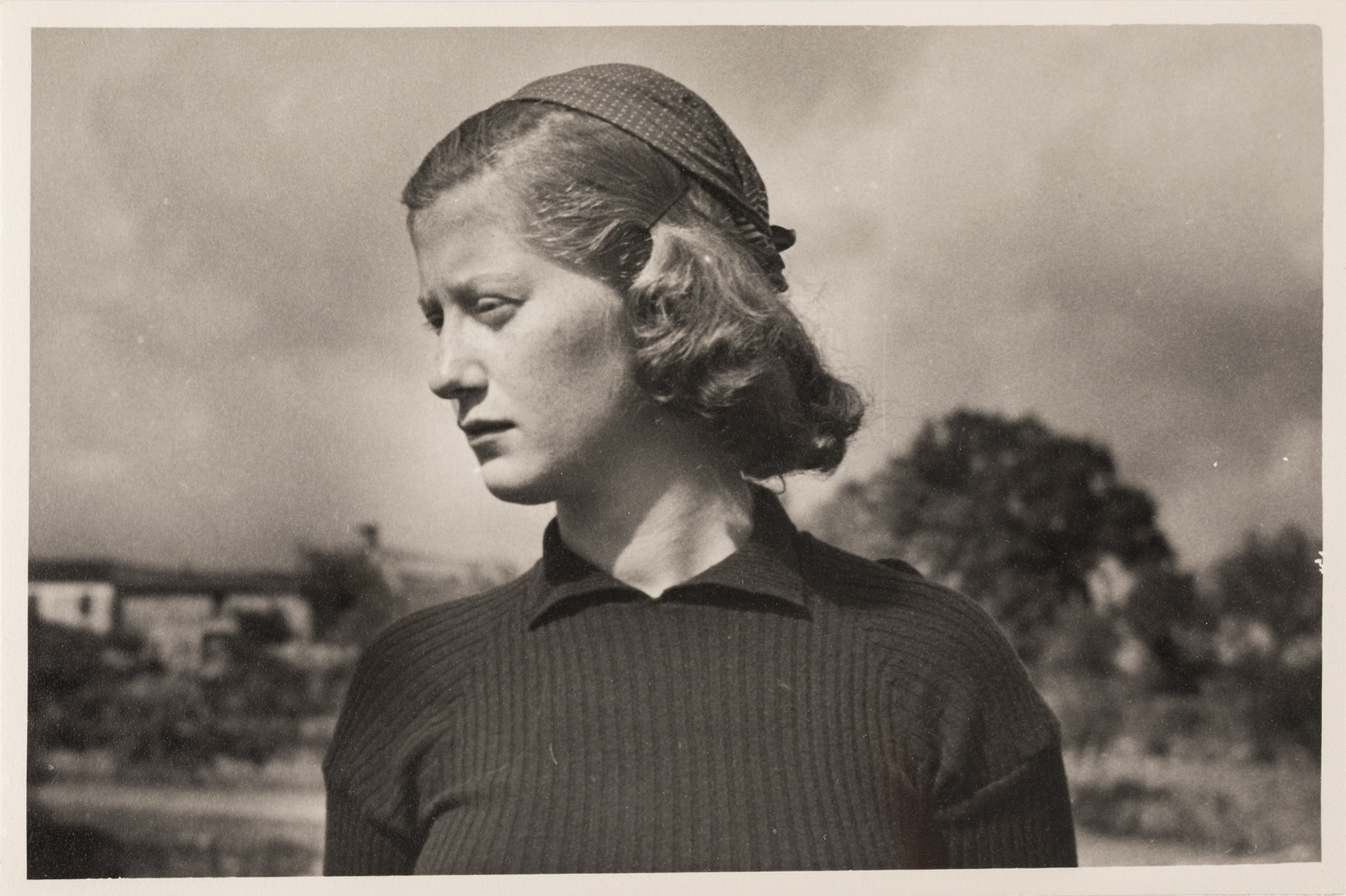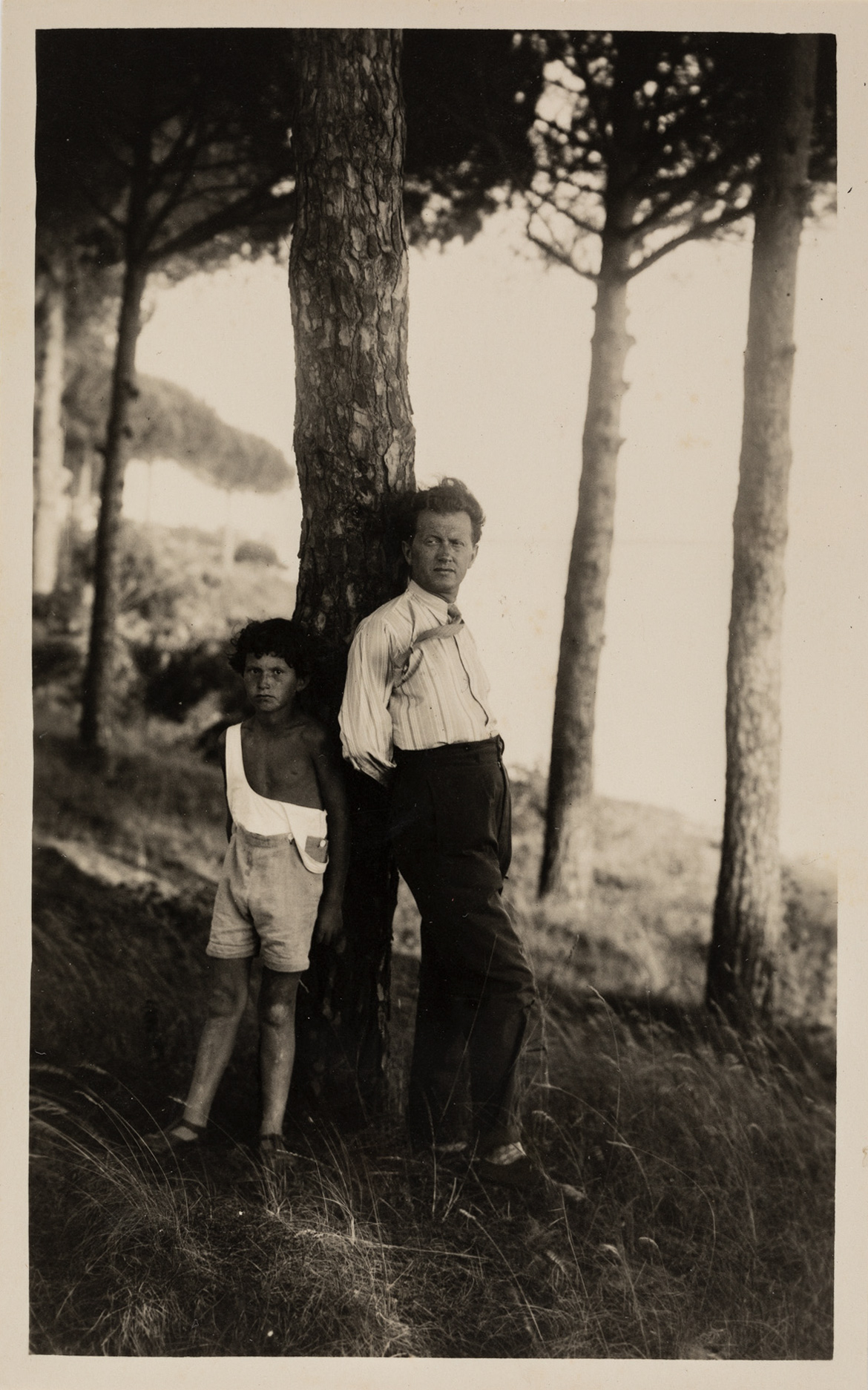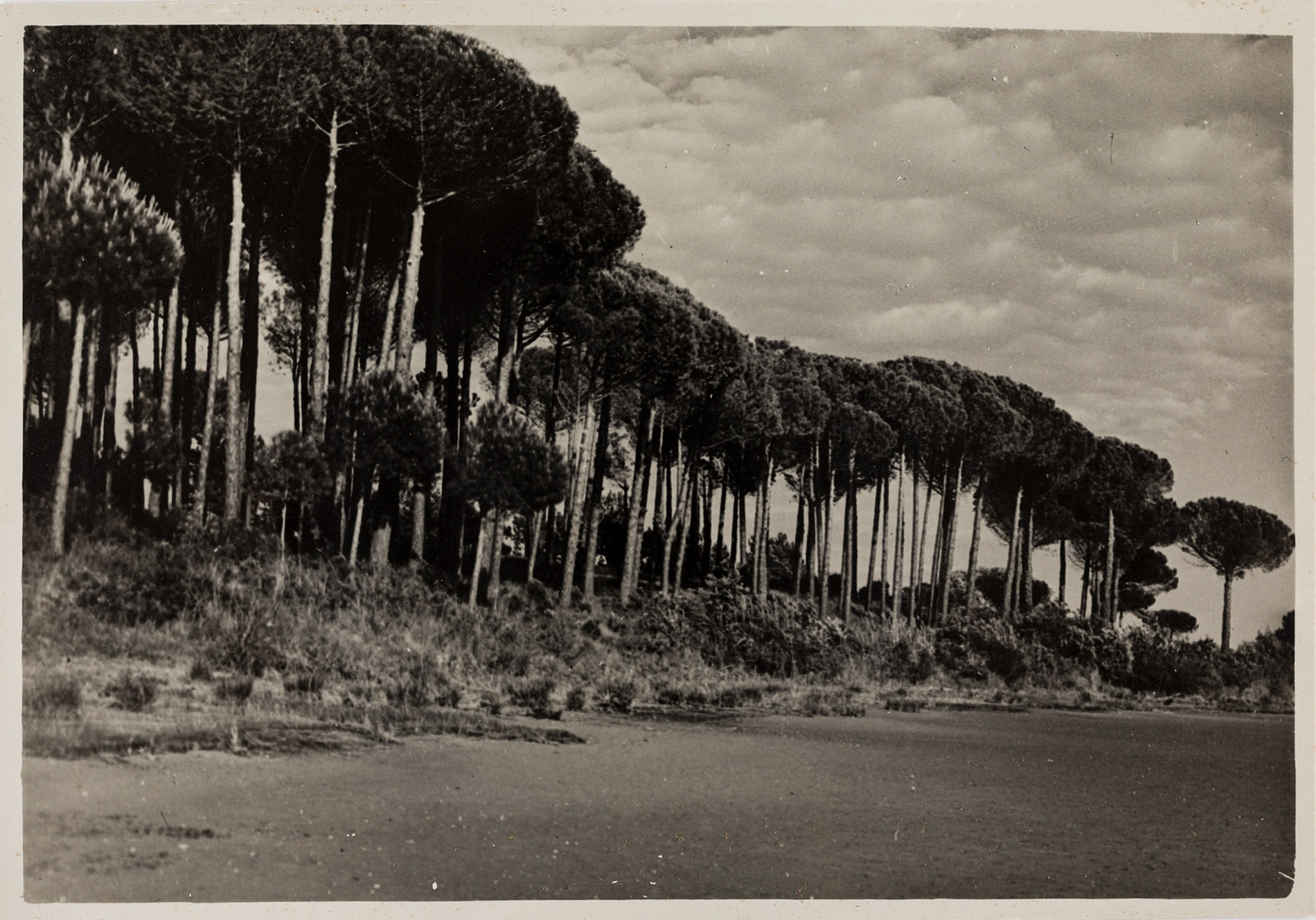Project
The photographic archive of Biagio Marin. Visual notes of an Italian poet
Client, year
Expertise
- Collection management
- Preventive conservation
- Cataloging
- Digitization
- Enhancement of cultural heritage
Biagio Marin (1891-1985) is celebrated as one of the most significant Italian poets of the last century. His writing, deeply rooted in the traditions of his land and the primitive maritime culture, masterfully employs the Grado dialect to weave together simplicity with existential profundity. The geographical and cultural isolation of Grado serves as a metaphor in his work, offering a microcosm through which he delves into universal themes.
In addition to his celebrated literary contributions, Marin amassed a substantial body of photographic work throughout his life. The Biagio Marin photographic collection, housed at the Falco Marin Civic Library in Grado, comprises a diverse array of materials, including POP and DOP silver gelatin prints, carbon prints, a small album of gum dichromate prints, chromogenic prints, as well as film negatives. Spanning from the early 20th century to the early 1980s, this collection predominantly features images of Marin's family and professional circle, including notable Julian intellectuals such as Virgilio Giotti, Enrico Mreule, and the Slataper brothers. Equally significant are the photographs documenting the tourist development of Grado between 1923 and 1937, during Marin's tenure as director of the town's Tourist Board. The collection also includes notable works by Attilio Brisighelli and Domenico Marocco, among others. Currently, no comprehensive inventory exists for this collection, which is estimated to contain around 8,000 photographs.
On behalf of the Municipality of Grado, Grana Fina undertook a project to manage a selected batch of 2,000 pieces. The task was organized into four key phases: surveying the collection, digitizing the selected items, rehousing the entire collection with PAT-tested materials in line with ISO preservation standards, and cataloging using Samira software.
This project successfully secured 6,000 photographs, while the cataloging of 2,000 pieces created a coherent semantic mapping and established new pathways for enhancing the collection.
The ultimate goal of the project is to develop comprehensive narratives that reveal the full scope of Biagio Marin’s life and work. In this way, we will make his personal and intimate world accessible, along with the landscapes and territories of Grado and its lagoon, central to his life and a source of inspiration for his poetry.
We would like to express our gratitude to the Municipality of Grado for kindly allowing the publication of some images from the Biagio Marin photographic collection.
